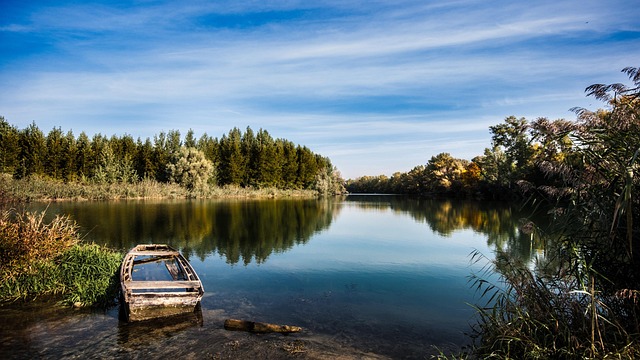The pursuit of sustainable development has never been more critical as we face pressing environmental challenges. One innovative solution that is quietly revolutionizing our approach is water recirculation. This method not only optimizes water usage but also significantly contributes to a carbon-neutral future, aligning perfectly with our shared goals of reducing our ecological footprint.
At its core, water recirculation involves reusing water in industrial processes, agriculture, and urban settings, ensuring that this precious resource is utilized to its fullest potential. By minimizing wastewater and maximizing efficiency, we can not only conserve water but also reduce the amount of energy needed for water treatment and distribution. This, in turn, diminishes greenhouse gas emissions associated with energy production.
As we embrace green technologies, the integration of water recirculation becomes increasingly vital. From advanced filtration systems to biotechnological methods that utilize natural processes, these innovations enable us to clean and reuse water effectively. Urban infrastructures are adopting these technologies, turning cities into models of sustainability. Rainwater harvesting systems and greywater recycling projects are just a couple of examples of how metropolitan areas can alleviate the pressure on freshwater resources.
Beyond urban environments, agriculture is another sector ripe for transformation through water recirculation. By implementing these systems, farmers can significantly reduce the amount of water required for irrigation. This not only leads to cost savings but also promotes soil health and biodiversity. Sustainable agricultural practices that harness water recirculation help mitigate climate change and curb the agricultural sector’s considerable emissions, furthering our quest for a carbon-neutral future.
In addition to the environmental benefits, adopting water recirculation can spark economic growth and job creation. As more industries and municipalities invest in these technologies, the demand for skilled workers to design, install, and maintain these systems will rise. It paves the way for a new green economy that prioritizes sustainability while providing livelihoods.
To embrace a sustainable future, we must shift our mindset from thinking of water as an infinite resource to recognizing it as a vulnerable and finite asset. Water recirculation encourages us to implement responsible usage practices and embrace technologies that minimize waste. The idea is not just about conserving water; it’s a holistic approach to nurturing our planet and its resources.
As individuals, communities, and businesses, we all have a role to play in this transformation. Understanding the principles of water recirculation can inspire action at every level. Whether through simple actions like reducing water usage at home or supporting policies that promote sustainable practices, we can collectively work towards a future that is not only carbon-neutral but rich in biodiversity and environmental health.
In essence, water recirculation is more than just a system; it’s a stepping stone towards a sustainable world where we live in harmony with our environment. If we harness this powerful tool effectively, we can significantly change our ecological footprint and champion a future where sustainability and innovation go hand in hand.




